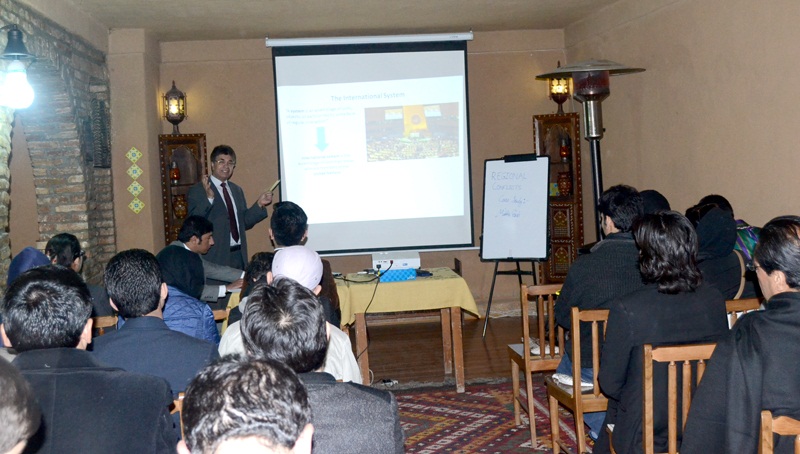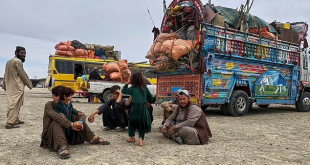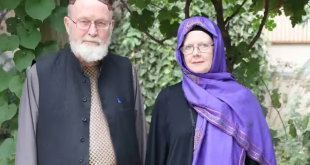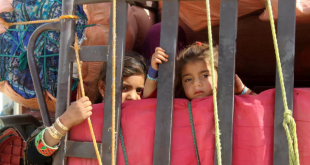AT-KABUL: Economic inequity, religious and ethnic discrimination, variety of nations, tribes, ideologies, parties and non-institutionalized authoritarian political systems are the main reasons for the crisis in the Middle East regional subsystem.
Addressing an academic discussion launched by New Beginning Network (An Afghan Professionals Network), Jamal Rahman (Expert on International Relations) stated in his presentation, that the conflict in the Middle East has its root cause in social and economic dissatisfaction, ethnic and religious discrimination.
He said that the Middle East is populated by 371 million people and its nominal GDP is 3,284 billion USD. Saudi Arabia as one of the main core state has a population of 30 million with a nominal GDP of 743 billion USD, while Egypt’s population is 85.4 million and a total nominal GDP of 281 billion USD. The ratio between population/GDP of these two core states of the Middle East indicate a huge difference among the Middle East countries, which can be viewed as a factor of dissatisfaction among the countries and a reason for conflicts.
He said that although the Middle East region is mostly populated by Arabs Muslims, but there are several Non-Arab und Non-Muslim minorities. Intra Arab conflicts, such as conflicts between Republicans and Monarchists, ideological differences between Pan-Arabists and Pan-Islamists and conflicts within different factions of Pan-Arabists are challenges which led to instability in this region in the past.
Ethnic, tribal, linguistic and religious variety and non- institutionalized authoritarian, and in some cases ethnocentric regimes, are others factors behind the crisis in the Middle East.
He came up with an example and stated, that “the Iraqi population is mostly Shiite but the country was ruled for a long time by an ethnocentric Sunni minority, where the Shiites were faced different kinds of cruelty. Similarly, in Syria the system is led by an ethnocentric small Shiite minority, however, the majority of the population are Sunni. The Sunny majority in this country was and is faced discrimination and brutality.”
Competition between Arabs and Israel and occupation of Palestine soil are other challenges in the region, he claimed.
Natural Resources, strategic location, personalized political systems and Arm Export are other factors, which pave the way for foreign interference in the Middle East regional subsystem.
The huge demand for crude oil in western countries, especially after World War II, paved the way for a long-term focus of industrial countries on the Middle East. Caused by the described internal conflicts among different interest groups, the Middle East regional subsystem was and will remain a big market for arms export from western countries, Russia and China.
.
Considering these challenges, Jamal Rahman stated that it is foreseeable that the current conflicts in their different forms, will last for a long period in the Middle East.
 Afghanistan Times
Afghanistan Times




